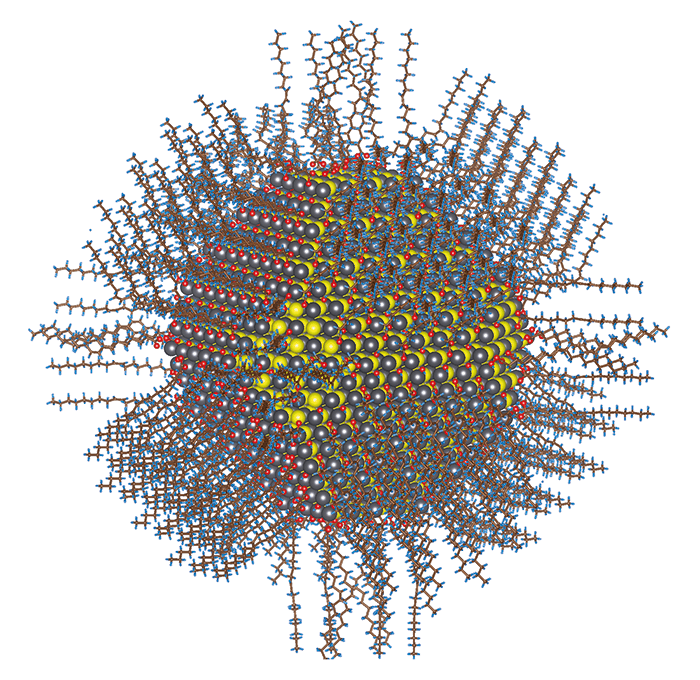
Treating melanoma can sometimes feel like a game of whack-a-mole – you inhibit one pathway, the cells upregulate another; you take care of that pathway; and a third pathway pops up. The key to effective treatment is to use three hammers, but delivering a combination of anti-melanoma drugs to the lymphatic system is impossible at therapeutic concentrations without inducing systemic toxicity.
Researchers from the Department of Pharmaceutical Sciences at Oregon State University in the US believe they have developed a nanoscale system capable of delivering three anti-melanoma drugs to the lymphatic system – without toxicity (1). The team prepared and characterized nanoparticles with docetaxel, everolumus and the experimental compound LY294002. According to the researchers, after administering the drugs to mice, they found that the combination treatment was safe and “more potent compared to the individual drugs alone.”
“The system is based on a nanostructure platform that can deliver three anticancer drugs to the cancer tissues at the same time,” says Adam Alani, assistant professor at pharmaceutics and lead author of the study. “The three drugs inhibit melanoma cell proliferation by three different mechanisms of action and they affect the cancer cells synergistically.” Docetaxel acts by stabilizing the microtubules, whereas everolimus and LY294002 together completely inhibit the mTOR pathway – LY294002 is also capable of inhibiting the Phosphoinositide 3-Kinase pathway. “The three-drug delivery system has the ability to target the lymphatic system, which act as a haven for the melanoma cells and is the major path for melanoma metastases to occur,” he adds.
To bring the concept of a combined nanoscale drug delivery system to fruition, Alani and his colleagues first had to tailor the nanoparticles to the drugs in question. “While general principles for lymphatic drug delivery are well established, each polymer and drug combination presents its own unique challenges,” says Alani. “Finding the nanoparticle with the appropriate surface properties and being able to load clinically relevant drug concentrations was the most time consuming and frustrating part of the work.”
Alani also stresses that the development of new drug delivery systems is limited by the complexity of the disease state itself. “We are still uncovering genes that are affected and determining molecular targets for proteins regulated by these genes,” he explains. “As our understanding of the disease state improves, drug delivery can become more refined and newer approaches can be explored.”
References
- B.S. Doddapaneni et al., “A three-drug nanoscale drug delivery system designed for preferential lymphatic uptake for the treatment of metastatic melanoma," J. Control. Release, 220, 503-514 (2015).




